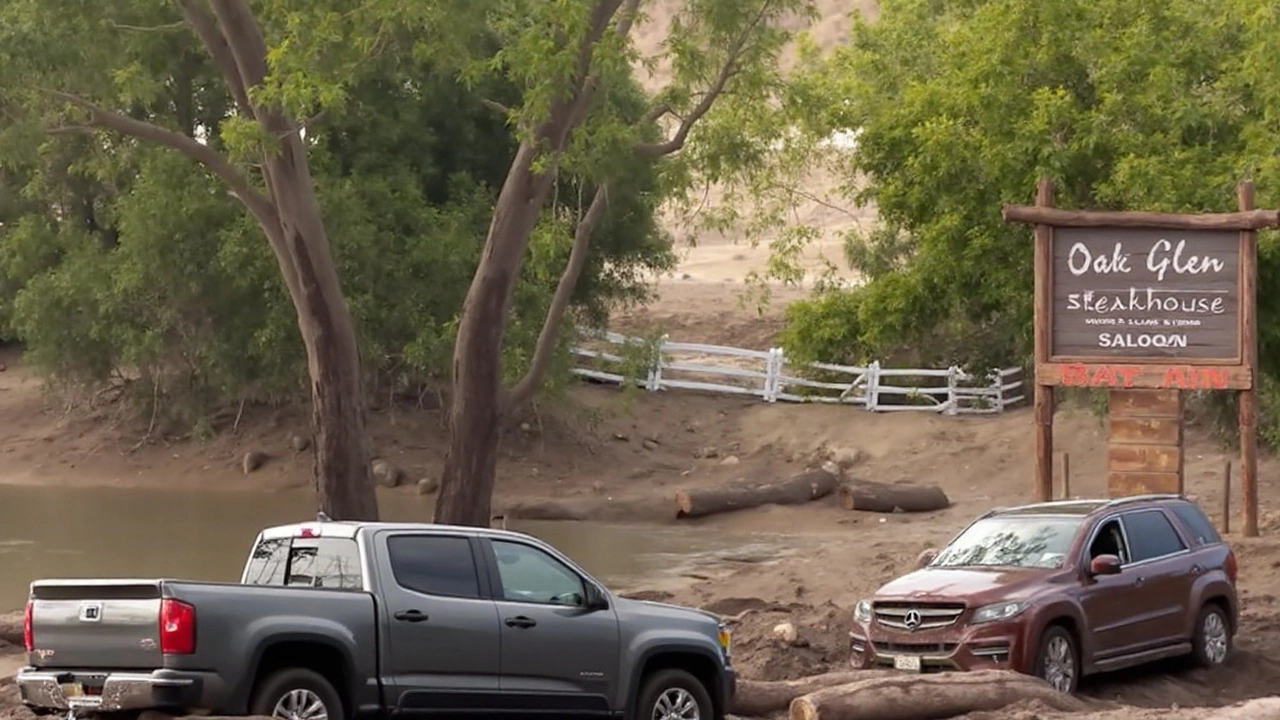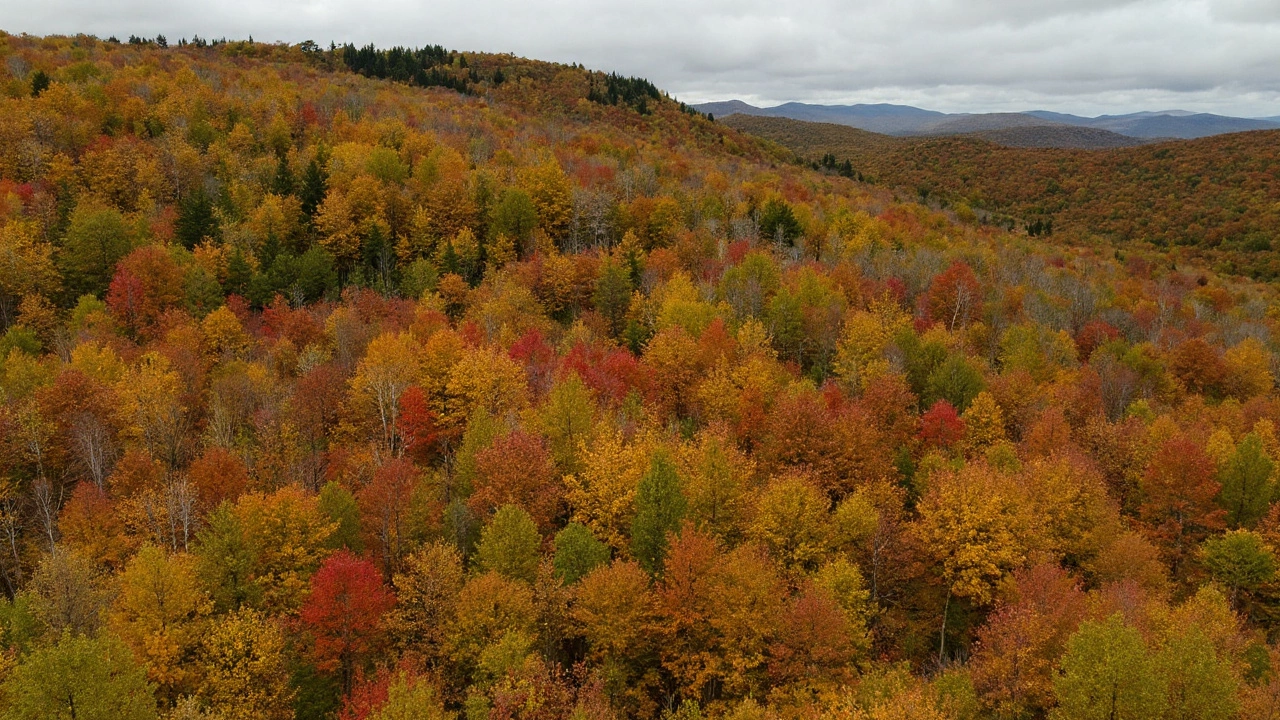National Timing: Why October Dominates
For the majority of the country, the sweet spot for autumn colors lands in October. That’s when the Northeast, the Midwest and large swaths of the West burst into reds, yellows and oranges. The calendar coincidence isn’t random – cooler nights and shorter days trigger a chemical shift in leaves, and by mid‑month most trees have fully responded.
Travel data shows over 80% of foliage‑focused trips happen in this window. Tour operators, roadside diners and local hotels all report a surge of visitors eager to capture that perfect canopy on camera.

Regional Peaks and What to Expect
Even though October is the headline month, the exact timing varies dramatically. Here’s a quick guide to the major zones:
- Alaska: The northern interior can see its peak as early as August, thanks to an early cooling trend.
- Pacific Northwest lowlands: Expect the show to stretch into late October and even early November, when rain‑soaked evergreens start showing hints of gold.
- Rocky Mountain aspens: Late September to early October bring a sweeping golden carpet at elevations below 7,000 ft.
- New England: Northern Vermont, New Hampshire and north‑western Maine hit their stride in the first week of October, driven by abundant maple.
- Mid‑Atlantic (New York, Pennsylvania, Massachusetts): The peak drifts a little later, usually the second half of October.
- Southeast – Virginia’s Skyline Drive: Most visitors report the best views between October 12‑28.
- Great Smoky Mountains: The mix of over 100 native tree species and abundant sumac means a longer, more varied season that can last well into early November.
- Deep South (Texas, Louisiana): Color arrives late, often not reaching its climax until mid‑November.
Elevation plays a huge role. Higher altitudes cool faster, so mountain passes can be bright a week or two before nearby valleys. Conversely, coastal plains with milder winters may lag behind.
Tree species shape the palette, too. The Northeast’s maple dominance creates a sea of fire‑red, while the West’s aspens offer a uniform golden glow. In the Smokies, the presence of sumac adds striking scarlet highlights that stand out against the green of pines.
Travelers who plan around these nuances can avoid the crowds and still catch the best views. For instance, hitting northern Vermont on a weekday in early October often feels like a private show, whereas the popular New York Hudson Valley becomes packed by the weekend.
All this means the United States isn’t a single fell‑color timetable but a patchwork of micro‑climates. Whether you’re chasing the early burst in Alaska, the classic reds of New England, or the late‑season glow of the Deep South, there’s a perfect window waiting for you.
